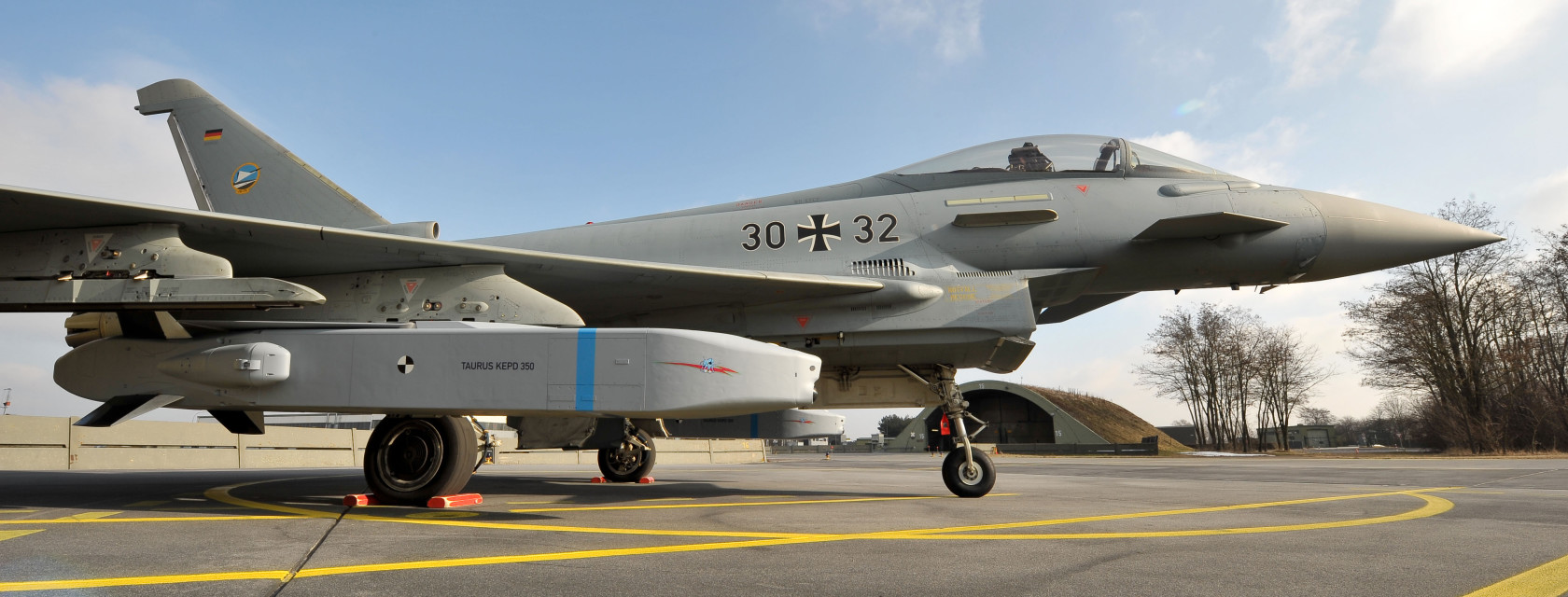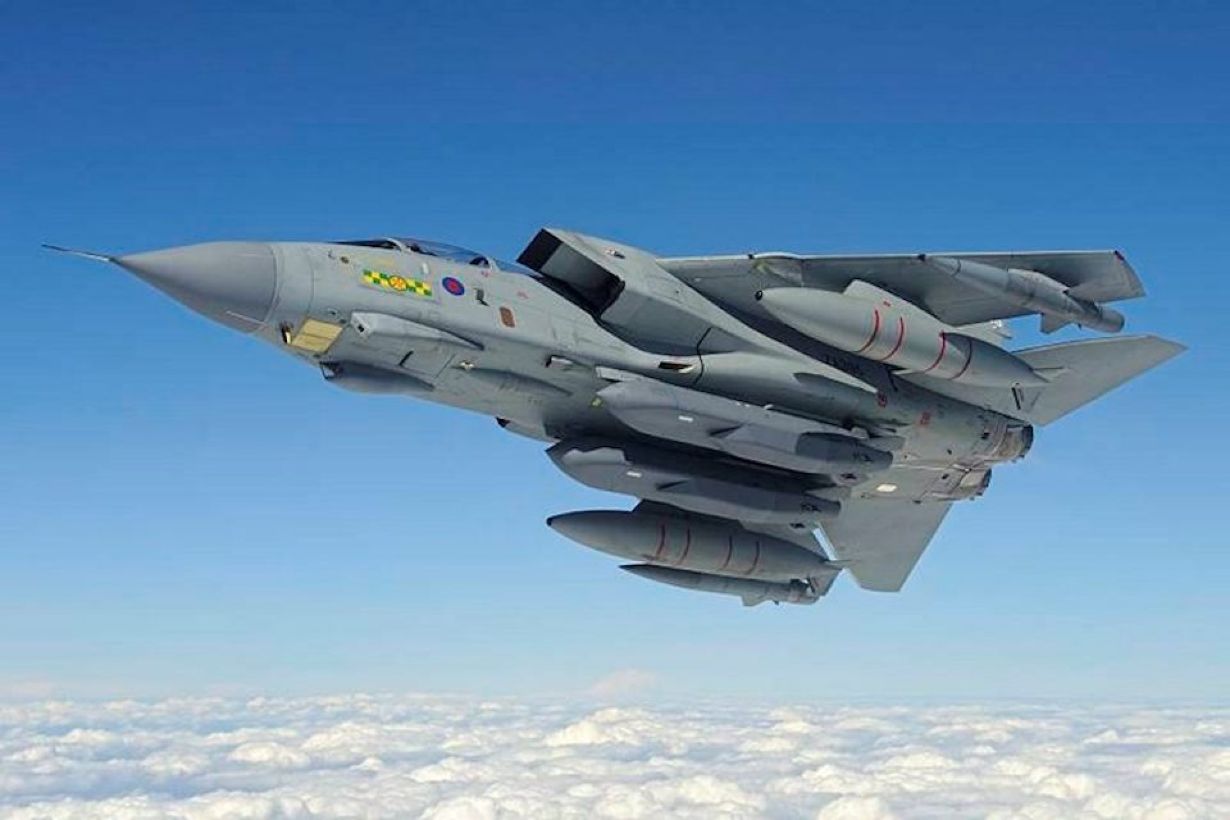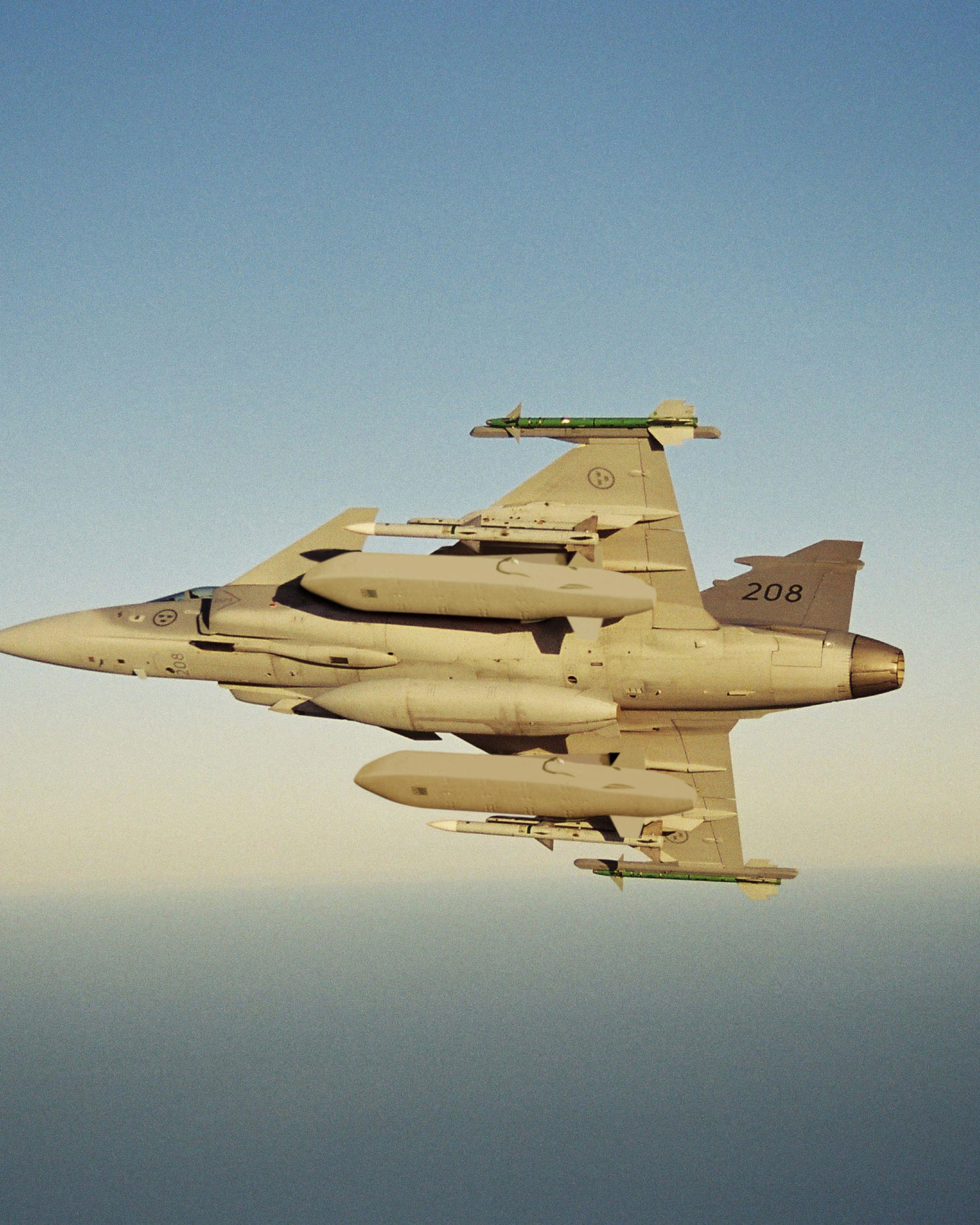After the United Kingdom and France decided to arm Ukraine with their Storm Shadow/SCALP EG long-range missiles, German lawmaker has urged the country to join the bandwagon and supply its long-range Taurus KEPD 350 cruise missiles to the Armed Forces of Ukraine (AFU).
In an interview with German news outlet RND on May 23, German opposition Christian Democratic Union MP and retired colonel Roderich Kiesewetter urged the Bundeswehr to transfer the German long-range Taurus cruise missiles to Ukraine.
“Ukraine’s partners should now take a gamble and provide the country with everything it can utilize for a multi-domain, interrelated use of various types of weaponry within the bounds of international law,” he told RND while stressing the need to bolster Ukraine’s long-range strike capabilities.
Making a case for delivering these long-range missiles, Kiesewetter said Germany has a small number of these high-precision guided missiles, but they would bring massive qualitative added value to Ukraine and enable strikes against the Russian military infrastructure far behind the front lines.
“10 years ago, around 600 of these cruise missiles were procured for the Bundeswehr, but only around 150 of them are still operational,” he told the media.

In the same interview, Fabian Hoffmann, a rocket expert at the University of Oslo, said that he assumed the European armaments manufacturer MBDA could start up production of the Taurus again if the federal government decides to deliver it to Ukraine.
He went so far as to say if an order is made, MBDA might also be able to quickly bring some of the currently unserviceable Taurus cruise missiles back into shape.
The case for the German Taurus long-range missile is catching pace due to the delivery of British Storm Shadow missiles to Ukraine that have given it the capability to hit Russian positions far behind the frontlines.
Emboldened by their combat performance, France also followed in Britain’s footsteps to pledge the delivery of its own SCALP-EG missiles, as reported by EurAsian Times.

Although Russia claimed to intercept Storm Shadow missiles that Ukraine fires, military experts say that this is another weapon the Russians will have to adapt to after the “game-changing HIMARS” introduced to the battlefield last year.
Some warfare experts believe that the long-range missiles present massive logistical challenges for the Russian troops.
“It’s going to have a terrible effect on morale for the Russian forces, and officers and commanders who are going to be operating within Ukraine,” George Barros, a Russia analyst at the Institute for the Study of War (ISW), a Washington-based think tank, told Insider.
Until now, the US and its NATO allies have generally been reluctant to provide Kyiv with long-range missiles and munitions. This was also reflected in the German Defense Minister’s latest statement on transferring Taurus missiles to Ukraine.
On May 23, German Defense Minister Boris Pistorius expressed doubts about the idea of giving the Taurus to Ukraine. When asked whether such a delivery could be possible, Pistorius asserted that he does not want to go into detail about every weapon system and provide a hypothetical response to a hypothetical question.
“I think it’s proven that we don’t do this all the time or draw red or white lines,” said Pistorius. Ukraine should be given significant support and dealt with responsibly. At the same time, Pistorius said he “believed that we should support Ukraine with all the systems permissible under international law that it takes to win this war and that we can provide.”
What Do We Know About Taurus KEPD 350 Missile?
Taurus KEPD 350 is a Swedish-German air-to-ground cruise missile with a more than 500 kilometers flight range. They are meant to be used in extremely precise attacks against heavily fortified and underground targets without exposing the aircraft to opposing air defense.
Spain, South Korea, and Germany use Taurus missiles.
The high-precision stand-off guided missile can pierce dense air defense systems and destroy stationary and semi-stationary military targets that are hard and deeply buried in the ground.
The missile attacks target bridges, ships in ports, runways, command, control, communication centers, bunkers, port facilities, and air base buildings.
The missile is constructed of modular pieces that can be assembled in different ways depending on the mission. The Taurus missile can be launched in any weather and at any time of day.
For survival, it has low observability and terrain-masking properties—moreover, the reliability and modular design lower the system’s lifecycle costs.

The missile has a twin-stage MEPHISTO (advanced and target-optimized) inert multi-effect penetrator warhead system weighing roughly 481 kilograms. The powers of blast and fragmentation eliminate collateral damage to nearby civil infrastructure.
Maximum safety for the aircraft and crew is guaranteed by the missile’s stand-off and precise capabilities and its deployment range of more than 350 kilometers.
It integrates information from sensors used for terrain reference navigation (TRN), infrared seeker-based image-based navigation (IBN), inertial navigation system (INS), and MIL-GPS. Long-distance navigation is also possible for the missile without a GPS. To choose its flying path, it has an integrated mission planning system.
- Contact the author at sakshi.tiwari9555(at)gmail.com
- Follow EurAsian Times on Google News




